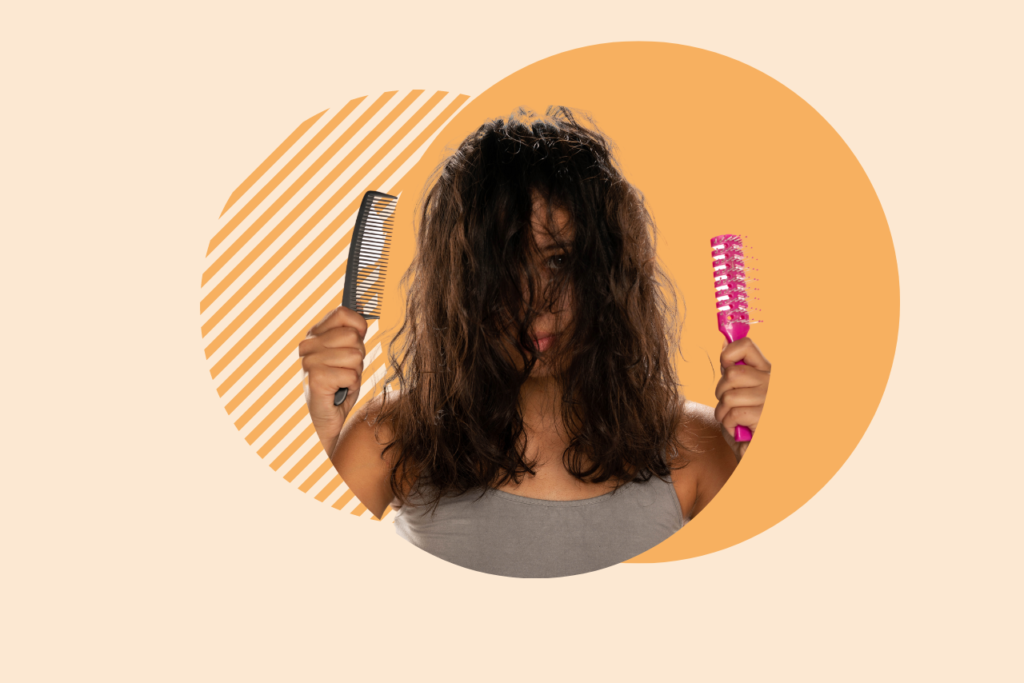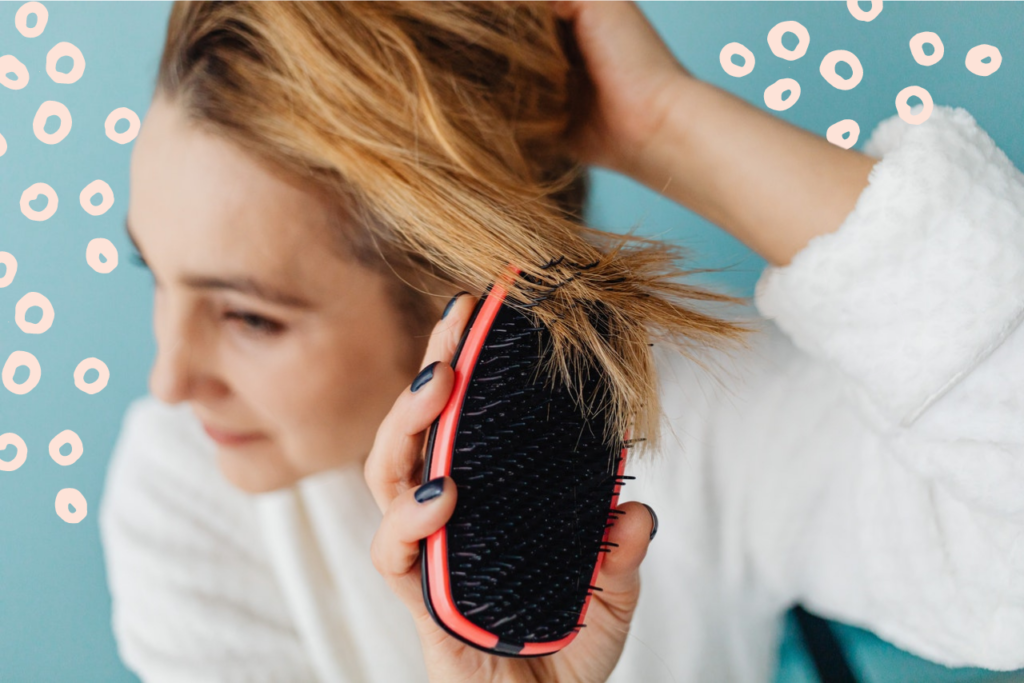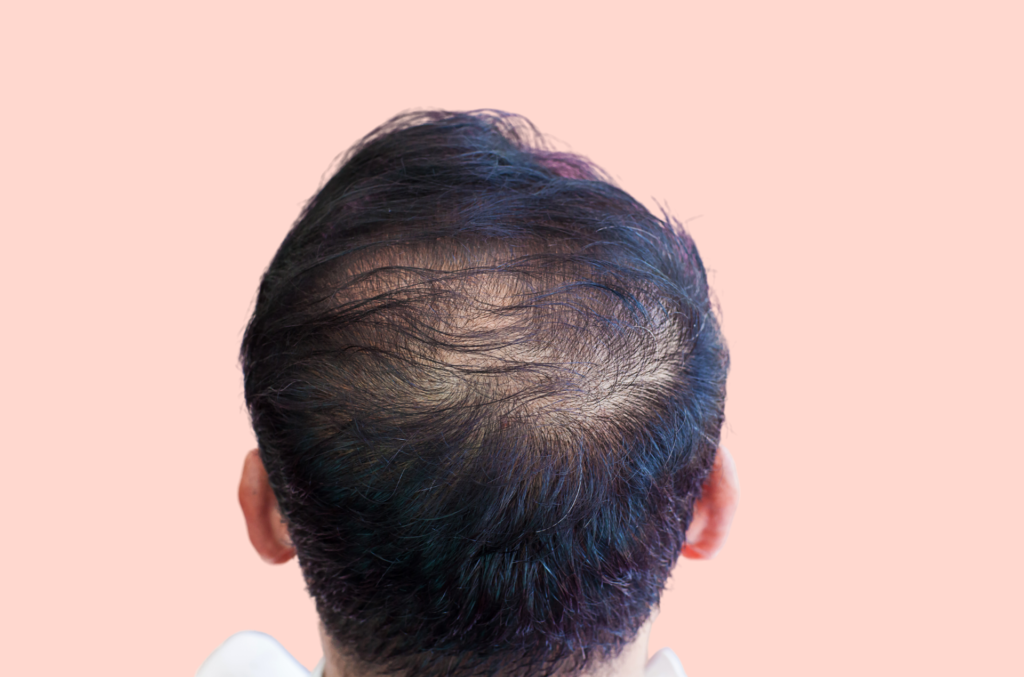Hairlines, subtly framing an individual’s face, play an indispensable role in determining one’s overall appearance. As years pass, many notice shifts in their hairlines that evoke emotions. For some, it signifies the poignant reminder of fleeting youth; for others, it becomes a burgeoning source of insecurity. Yet, what truly drives these alterations? Is it merely the relentless march of time, or are specific underlying causes at play?
From advanced medical interventions to time-honoured natural remedies, here are some of the tools and treatments currently being used across the world to tackle hairline changes head-on.
Unravelling The Causes Of Hairline Changes
For many, understanding the nuances of shifting hair boundaries requires a deeper look into various contributing factors, catalysts and causes. A combination of genetics, lifestyle choices, and external factors determine the course of one’s hairline. For clarity, the discussion breaks down these vital elements.
- The hereditary aspect – One often hears anecdotes of family members with strikingly similar hair patterns. Genetics undeniably have a hand in shaping the destiny of an individual’s hairline. If one’s close relatives, such as parents or grandparents, battled hair thinning or recession, chances are they may face similar challenges.
- Role of hormones – Hormones, especially Dihydrotestosterone (DHT), emerge as key players in hairline evolution. When DHT levels rise, hair follicles can shrink, giving way to thinner hair strands and, ultimately, hair loss. While men often experience this occurrence more visibly, women also face it.
- Stress and lifestyle – The demands and pressures of today’s fast-paced life leave their mark on the scalp. Prolonged stress can upset the hair’s natural growth rhythm, propelling more hairs into a premature shedding phase. Furthermore, smoking or maintaining a nutrient-deficient diet can subtly exacerbate hairline modifications.
- Underlying medical conditions – Specific medical conditions, such as thyroid imbalances or autoimmune diseases, can instigate hair thinning or loss. Recognizing these conditions is paramount, as addressing the primary ailment paves the way for improved hair health.
- Hairstyling, chemicals, and the environment – Every day, your hair braves assaults from many environmental factors — from UV rays and pollutants to aggressive hairstyling routines. Harsh chemical treatments, constrictive hairstyles, or frequent exposure to high heat can strain and weaken hair follicles, precipitating potential damage or breakage.
As multifaceted as the causes of hairline alterations appear, comprehending these influencers serves as a cornerstone for crafting effective strategies and interventions. In this expedition, a clear understanding becomes an invaluable asset.

Navigating The Diagnosis Process
Identifying the root cause of hairline shifts is pivotal to effective management. This process often begins with the following:
- Categorisation – Differentiating types of hair loss helps target treatments more effectively.
- Trichoscopy – An in-depth scalp examination reveals hair health and potential issues.
- Consultation – Engaging with a specialist ensures a thorough understanding and an accurate diagnosis, guiding individuals to tailored interventions.
What Are The Costs Involved?
Whilst costs of treatments vary greatly in price depending on the type of treatment, the standard of clinic or salon, and the specific location – the cost of a hair transplant in Chicago might be hugely different to that in Turkey or Torquay, for instance – there are a few ballpark figures that will help you get a better understanding of the damage your purse or wallet is due.
One of the most effective treatments for hair loss is hair restoration surgery. This procedure is quite costly and time-consuming, but it delivers transformative and permanent results when done correctly. In the UK, the cost of hairline surgery typically ranges between £3,000 to £10,000. However, in some cases, the price can go up to £30,000 depending on the complexity of the procedure and the number of grafts required. For instance, a 5000 grafts hair transplant operation can cost between £10,000-£12,000.
Another treatment option is the use of medications such as minoxidil (Rogaine) and finasteride (Propecia), which are approved by the United States Food and Drug Administration (FDA) for the treatment of hair loss. The cost of these medications can vary, but they are generally more affordable than surgical procedures. A finasteride prescription might typically cost about £40 to £60 per month, as an example.
Remember that the prices listed are for illustrative purposes only and can vary a lot depending on the place, specific case and treatment provider. It is always advisable to consult with different professionals to find the ideal and affordable plan for your specific needs.

Some Tools & Products For Hairline Maintenance
Maintaining a healthy hairline doesn’t always require dramatic interventions. Often, a few essential products and tools can make a significant difference. Here are some popular options:
- Minoxidil – An FDA-approved topical treatment that can stimulate hair growth and slow thinning.
- Laser hair growth devices – These tools use red light therapy to boost hair follicle activity, promoting hair growth and thickness.
- DHT-blocking Shampoos – Formulated to combat the effects of DHT, these shampoos can play a role in preserving the hairline and reducing hair fall.
- Biotin supplements – Biotin, a type of B vitamin, is often touted for its hair-strengthening properties. Many turn to this supplement to bolster hair health from within.
- Derma rollers – When used on the scalp, these micro-needling tools can stimulate hair growth by increasing blood flow and promoting collagen production.
The right products and tool selection largely depend on an individual’s needs and preferences. Before incorporating any new treatment, it’s always advisable to conduct thorough research and, when appropriate, consult with a dermatologist or trichologist. Staying informed and proactive helps individuals navigate the challenges of hairline maintenance better.
The Available Medical Treatments Today
Medical advancements today offer a plethora of treatments for those dealing with hair loss and hairline changes. Here’s an overview of the notable medical interventions available:
- Finasteride – An oral prescription medication that targets the body’s production of DHT, a hormone often linked with hair loss, especially in men. It primarily combats male pattern baldness.
- Hair transplant surgery – This involves transplanting hair follicles from denser regions; usually the back or sides of the head, to balding or thinning areas, offering a more durable solution.
- Platelet-rich plasma (PRP) therapy – Doctors process a patient’s blood to concentrate the platelets, which they inject into the scalp to stimulate hair growth.
- Laser therapy – Low-level laser therapy aims to increase hair density without surgery or topical treatments, rejuvenating hair follicles to promote growth.
- Scalp micro pigmentation – Scalp micro pigmentation is a tattooing technique that places tiny dots of pigment on the scalp to mimic hair follicles, creating the illusion of a denser hairline.
- Mesotherapy – This method injects a mixture of nutrients, vitamins, and growth factors directly into the scalp. Mesotherapy aims to enhance hair follicle health and promote growth.
- Topical corticosteroids – Healthcare professionals often use these for alopecia areata, a condition where the immune system mistakenly attacks hair follicles. They apply them to the scalp to suppress this immune reaction.
Consulting with a hair specialist or dermatologist is essential when contemplating medical interventions. Such guidance provides a clearer perspective on potential risks, benefits, and the most appropriate treatment options, facilitating a well-informed decision.

Try Natural Remedies & Lifestyle Changes
While medical interventions offer targeted solutions, many prefer natural remedies and lifestyle adjustments for healthier hairlines. These holistic approaches, while milder, can often complement other treatments:
- Aloe vera – Known for its soothing properties, applying aloe vera gel to the scalp can reduce inflammation and could potentially promote healthier hair growth.
- Scalp massage – Regularly massaging the scalp stimulates blood flow, which may encourage growth and strengthen existing hair.
- Balanced diet – Incorporating foods rich in biotin, omega-3 fatty acids, and vitamins E and A could enhance hair health from within.
- Rosemary oil – This essential oil may improve hair thickness and growth when applied topically.
- Stress management – Chronic stress can impact hair health. Meditation, yoga, and regular exercise can mitigate stress-related hair issues.
- Limiting heat styling – Excessive use of heat-styling tools can weaken hair. Restricting their usage or opting for lower heat settings can prevent further hair damage.
- Staying hydrated – Proper hydration supports overall health, including that of hair follicles.
Exploring natural remedies and making mindful lifestyle changes can be foundational steps toward improved hair health. It’s always advisable to test any new therapy on a small skin patch first and, if possible, consult a healthcare professional to ensure its appropriateness.
The Bottom Line
Understanding hair health is an ongoing journey. Whether through natural remedies, medical interventions, or preventative measures, the focus should be on informed choices tailored to individual needs. Navigate the complexities of hairline changes with accurate information and a proactive approach. By doing so, individuals can effectively address their concerns and work towards maintaining or regaining the health and vitality of their hair.
*While this article provides a comprehensive overview of various tools, treatments, and strategies employed in addressing hairline changes and hair loss, it is intended for informational purposes only. The effectiveness of these treatments can vary significantly from person to person, as each individual’s hair loss journey is unique and influenced by a myriad of factors, including but not limited to, genetics, lifestyle choices, underlying medical conditions, and hormonal balance.
Moreover, the costs of these treatments can differ considerably based on geographical location, the choice of clinic or salon, and the complexity of the individual’s case. Therefore, the prices mentioned within the article should be regarded as ballpark figures, not absolute standards.
Readers are strongly encouraged to consult with healthcare professionals such as dermatologists, trichologists, or hair specialists before incorporating any new treatment into their routines. This ensures that they receive the most accurate information tailored to their specific circumstances.*





